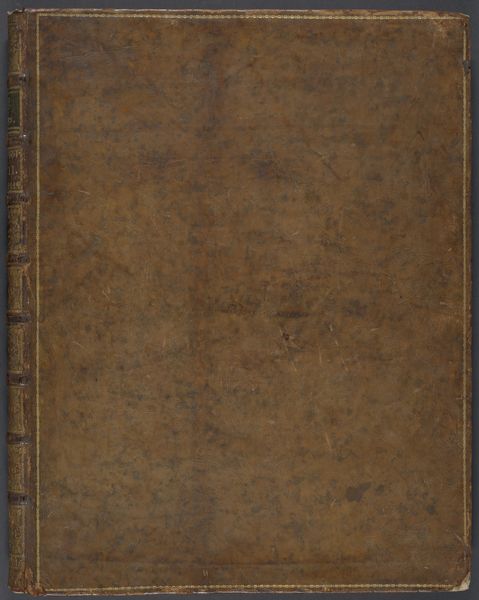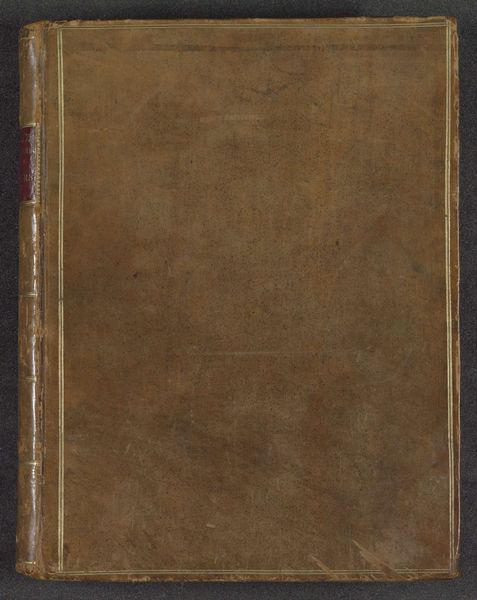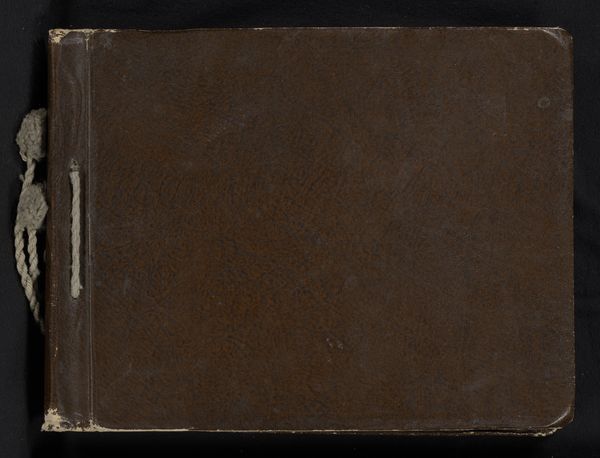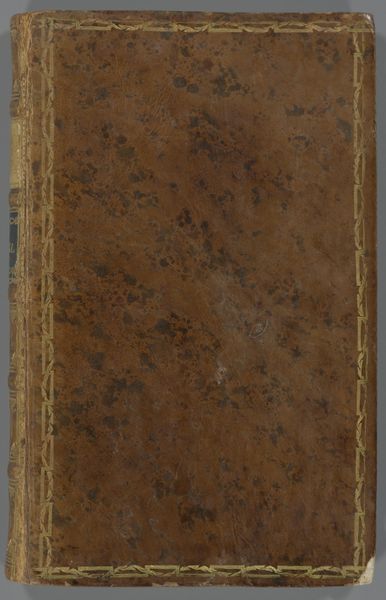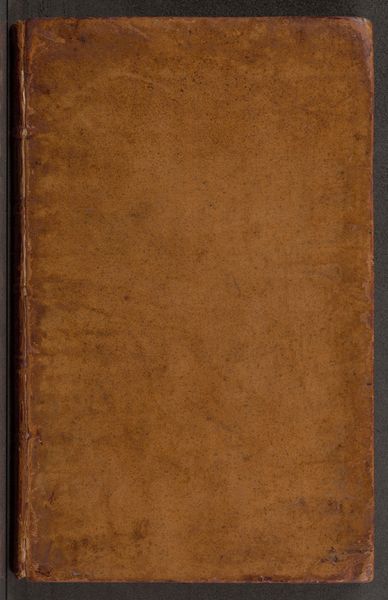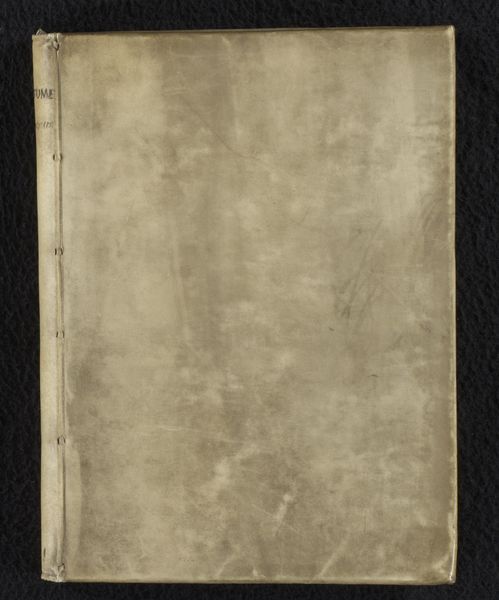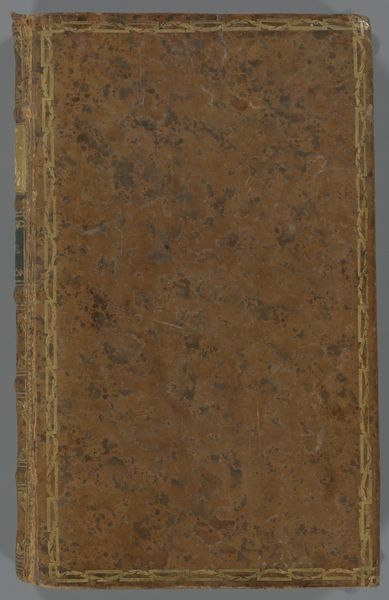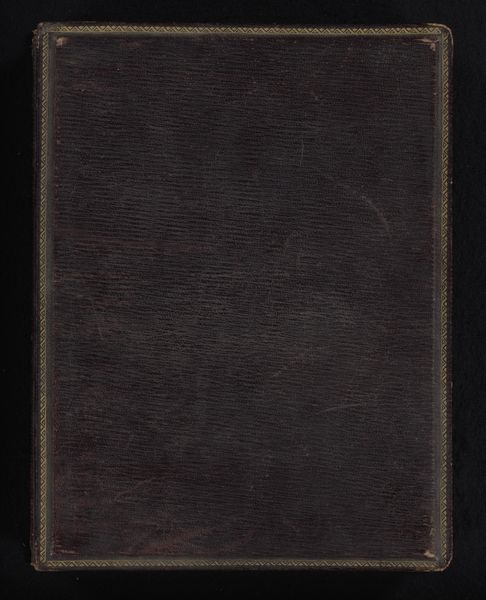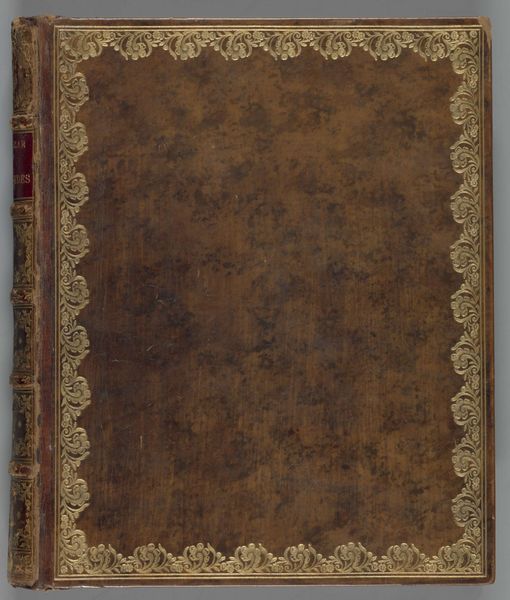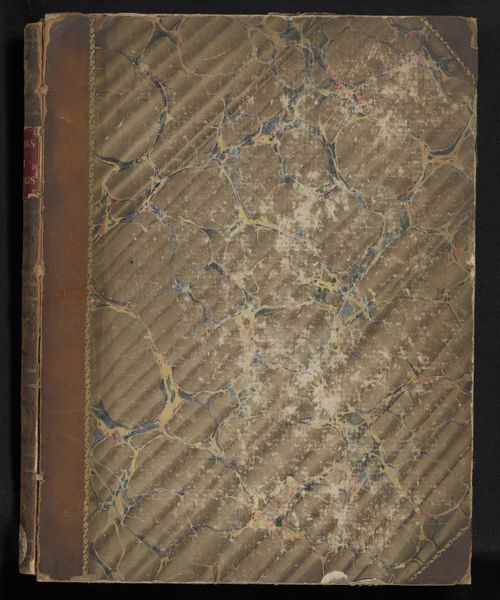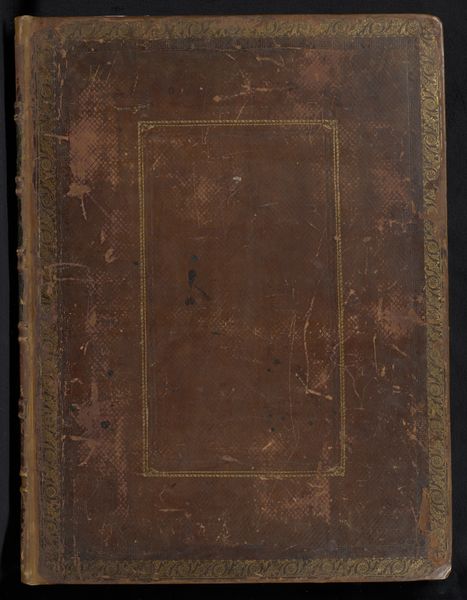
Album met aquarellen en tekeningen van reisgezichten in Zuid-Italië en op Sicilië en Malta 1778
0:00
0:00
louisducros
Rijksmuseum
Dimensions: height 655 mm, width 520 mm, thickness 55 mm
Copyright: Rijks Museum: Open Domain
Curator: What we're looking at is an album of watercolors and drawings by Louis Ducros, created around 1778. It depicts scenes from his travels in Southern Italy, Sicily, and Malta, and is currently held at the Rijksmuseum. Editor: It's a handsome looking book. Even without seeing what's inside, there's a sense of restrained adventure. Like a traveler’s well-kept secret. What kind of statement was Ducros trying to make? Curator: Ducros was part of a wave of 18th-century artists captivated by the Grand Tour, which was essentially a cultural pilgrimage for wealthy Europeans. Albums like this were highly valued as records and mementos of their travels. Editor: So, social media of the day for the 1%? Postcards for posh people? But this is landscape, right? Was he simply documenting what he saw? Curator: Partly. Landscape painting during this period was evolving; Ducros' work reflects elements of both topographical precision and the rising tide of Romanticism. There's an interest in capturing both the specific details and the overall mood, and I suspect we'd find evidence of idealization. Editor: Idealization. Meaning the reality probably smelled of donkeys and stale garlic. But on paper, it’s all sun-drenched ruins and picturesque peasants, I guess? Does the "Romanticism" thing let the artist play a bit looser with the facts? Curator: Indeed. The emphasis shifted from purely objective documentation to evoking emotion and atmosphere, placing value on subjective experience. It shows an interaction with both places and ideas that's indicative of larger social shifts happening throughout Europe at the time. Editor: Knowing that this album wasn't just seen but actively curated by wealthy clients offers a new layer. They weren’t just buying pretty pictures; they were buying status, experiences and a piece of someone else's adventure. Feels kinda odd, almost. Curator: Well, perhaps “odd,” but undeniably a reflection of patronage and the role art played in solidifying social positions during the late 18th century. Think of the albums as luxury goods, crafted for an exclusive clientele. Editor: Okay, luxury souvenir from someone else’s daytrip. My view has totally flipped; thanks for twisting my mind on that!
Comments
No comments
Be the first to comment and join the conversation on the ultimate creative platform.
